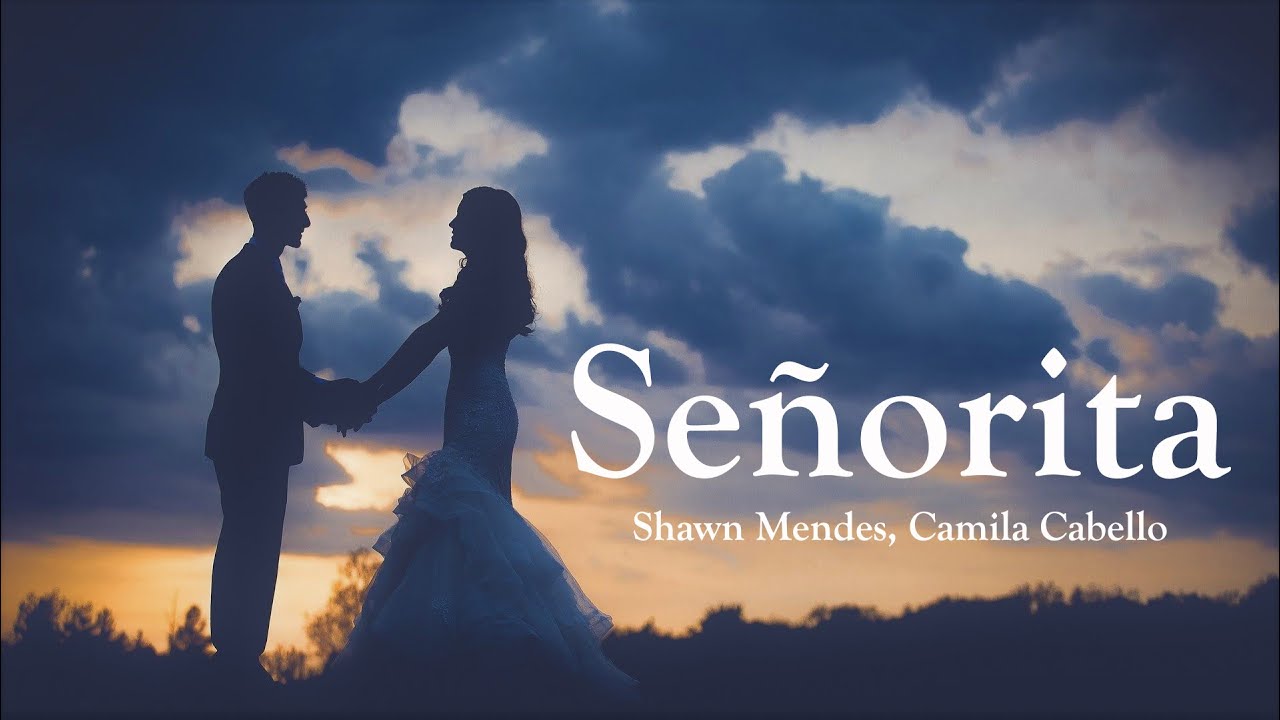This explores the song "Señorita" by Shawn Mendes and Camila Cabello. We aim to give educators tools to discuss cultural nuances. It also helps dissect the song's themes in a classroom environment.
Understanding the Context
The song "Señorita" blends pop with Latin influences. Its catchy melody and simple lyrics made it very popular. A teacher can use this as a starting point to talk about music and culture.
Begin with the literal translation of "Señorita." Explain it is a Spanish term of address. It's used for an unmarried young woman. It can be crucial to explain the cultural significance of names and titles.
Cultural Appropriation vs. Appreciation
A key point is distinguishing appreciation from appropriation. Cultural appreciation involves understanding and respecting a culture. Appreciation can involve engaging with its art and music. Appropriation, on the other hand, often involves taking elements. It presents them out of context. It is frequently done without proper credit or respect.
Discuss how Shawn Mendes and Camila Cabello use Latin musical elements. Prompt students to research the origins of these elements. Ask them about their own cultural backgrounds and how their own cultures are respected. This helps promote a discussion of authenticity.
Common Misconceptions
Some might view the song as solely a love song. Others might see it as purely about cultural representation. Address these opinions directly. Encourage critical thinking.
It's essential to avoid generalizations about Latin culture. Latin America is diverse. It encompasses a wide range of countries. Each country has unique traditions and customs. Be sure to point this out to your students.
Be ready to address possible concerns about the song's portrayal of relationships. Discuss the importance of healthy relationships in a wider context. Encourage students to reflect on relationships they see in the media.
Analyzing the Lyrics
Examine specific lines from the song. Explore their possible meanings. "I love it when you call me Señorita" reveals the power dynamics in the song. It also demonstrates the appeal of exoticism. It's important to have an open discussion about the lyrics.
Ask students why the singer enjoys being called "Señorita." Is it a term of endearment? Does it represent something else? Encourage different interpretations. This promotes critical analysis of the artist's intention.
Classroom Activities
Several activities can engage students with this topic. These can help students understand the ideas conveyed by the song. Activities should be designed to promote discussion.
Consider a debate. Students can argue for and against the song's cultural impact. This helps develop critical thinking and public speaking skills. It also fosters the ability to express and defend opinions.
Group projects can focus on different aspects of Latin culture. One group can research the history of specific musical instruments. Another can study famous Latin artists. A third can look at the influence of Latin culture in their local community.
A writing assignment can ask students to rewrite the lyrics. They could rewrite the lyrics from a different cultural perspective. This will encourage sensitivity towards cultural nuances. Students can be as creative as they want.
Encouraging Respectful Dialogue
Create a safe and respectful environment for discussion. It's crucial for encouraging open sharing of thoughts. Emphasize the importance of listening to differing opinions.
Set clear ground rules for discussions. Remind students to avoid stereotypes. Make sure they focus on respectful analysis and interpretation. Facilitate the discussion by asking open-ended questions.
Acknowledge that cultural sensitivity is a continuous learning process. Be open to learning alongside your students. Foster a sense of shared exploration and understanding.
Extending the Lesson
Expand the lesson by exploring other examples of cultural exchange in music. This can broaden student's understanding. It will also demonstrate the impact of cultures on one another.
Introduce students to artists from Latin America. Show examples of their work and discuss their message. This will provide a more complete view of Latin music.
Invite a guest speaker to share their knowledge about Latin culture. This can be a musician, artist, or someone from the community. This offers real-world insights.
Assessing Student Understanding
Evaluate students' understanding using various methods. This gives a comprehensive understanding of their grasp on the topic. It also allows teachers to evaluate the effect of the lesson.
Assign a reflective essay. Students can write about their understanding of cultural appreciation. It also offers a chance for them to share their opinions on the song. This encourages self-reflection and critical thinking.
Conduct class participation assessments. Monitor discussions to gauge student engagement and understanding. This helps assess their ability to articulate their views respectfully. It provides a direct measure of their engagement.
Consider creative projects as a form of assessment. Students can create presentations, artwork, or performances. This allows them to express their understanding in a creative way. It also caters to different learning styles.
By using "Señorita" as a case study, educators can foster a more inclusive environment. They can also promote critical thinking. The goal is to encourage cultural awareness among students.

